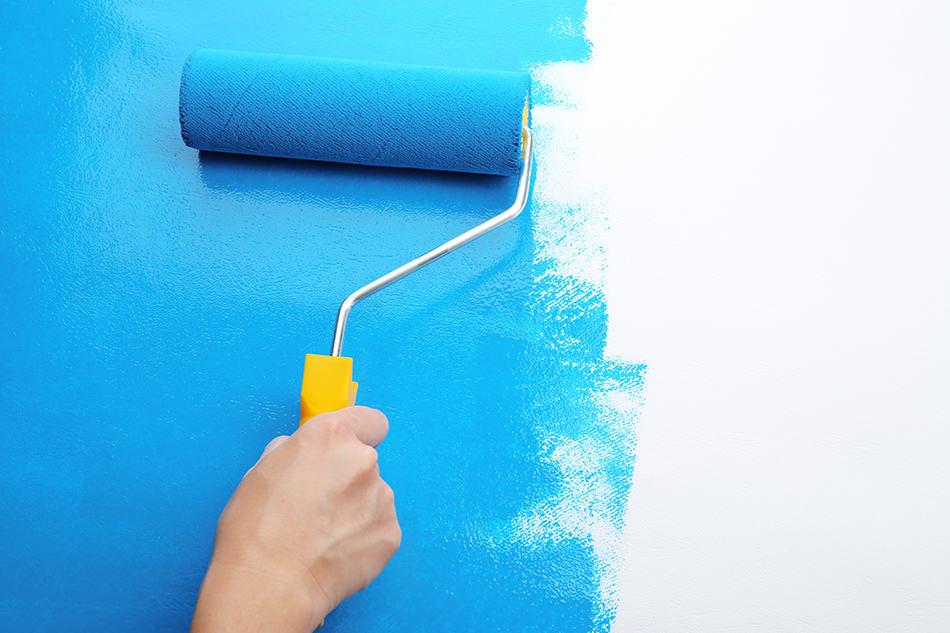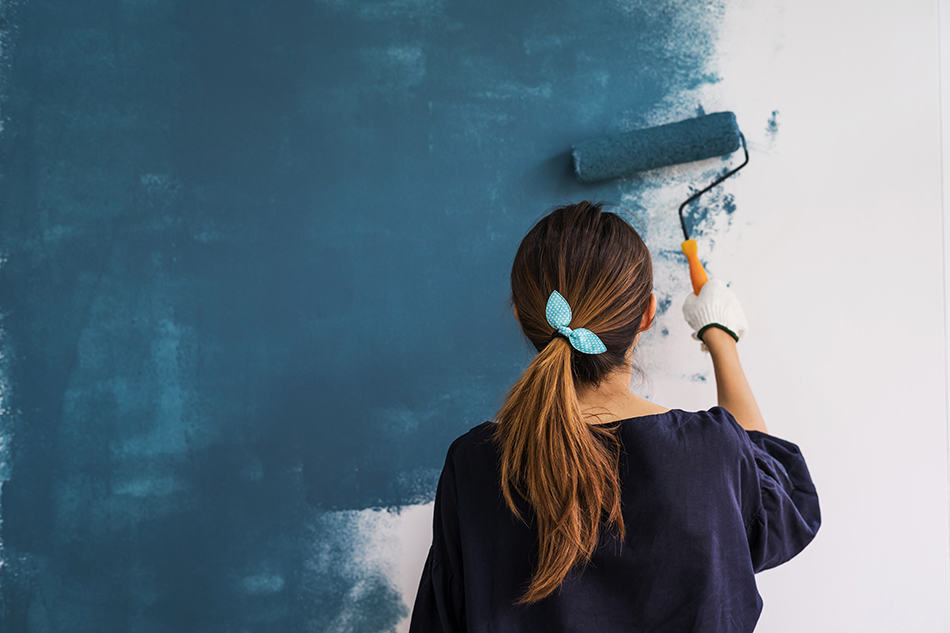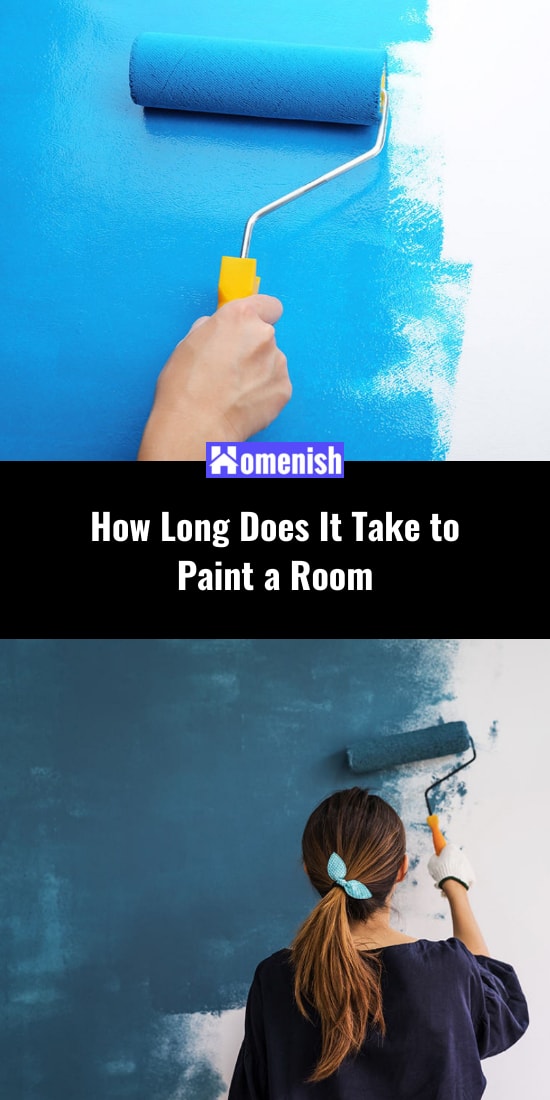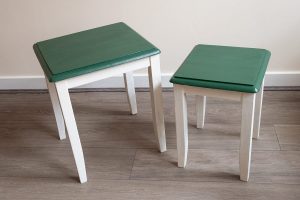Painting a room is the easiest way to upgrade a home and give it your personal touch. Whether you’ve just moved to a new house or simply need a change of scenery, painting your room is a great way of boosting your mood and increasing the resale value of your home.
Hiring a professional painter to do the job for you can be quite expensive. But with the right tools, practice and patience, you’ll most probably be able to give your room a new coat of paint yourself. But you might be asking yourself how long does it take to paint a room? Let’s find out right here!
Factors that Affect Painting Time
There are lots of factors that will determine just how much time is needed for painting a room. These include:
- Your DIY experience and confidence
- The condition of the room that requires painting
- The quality of the paint
- How much prep work you must do beforehand
- How many coats of paint you want to apply
- The preparation time
In general, ceilings only need one coat of paint while walls typically need two plus priming. Painting over dark colors can take up more time than light colors as you’ll need to apply 3 or 4 coats of paint. There is also the decision on whether you want to paint your room in one color or several colors. All these will significantly increase your paint time.
For most beginner DIY painters, it will usually take a full day or up to 3 days to complete painting a room from start to finish. But to give you an exact answer on how long it takes to paint a room, it depends on the room’s size, how detailed the painting job is and how many coats you want to apply.
However, based on most people’s experience, it can take around 5-8 hours to paint an average-sized room.
The Size of the Room
A 12-foot by 12-foot room with an average height ceiling (8 feet) will take around 5 hours to paint, with an additional 3 hours for the doors, windows, and baseboards. It is advisable to give yourself at least one full day to paint your room, especially if you’re inexperienced or the room’s surfaces are in bad condition and require lots of prep work.
The State of Your Walls
The condition of your walls is another factor that affects painting time. Take a good look at the area you want to paint. Are there any holes, dents, or cracks? Every small imperfection must be corrected to ensure you have a smooth and even base.
Sand any defects accordingly. This process shouldn’t take longer than 30 minutes, but if you are applying putty, you must allow at least one hour of drying time before applying primer.
The Prep Work
Preparing the room is an important part of painting it. The prep work includes moving furniture out of the room, covering the floor to prevent paint spills, removing wall fixtures and covering baseboards, doors, and window frames with masking tape.
Depending on the room’s size, the initial prep work can take up to 2 hours. The most time-consuming part is removing all the items from the walls and taping the corners.
Priming
It is a good idea to prime the walls and ceiling prior to painting. Allow an extra 2 hours for the priming process to complete before moving on to the actual painting.
Can You Skip the Priming?
The purpose of a primer is to prepare the painting surface and seal any stains so that you can get the smoothest and cleanest finish. Having said that, there are some cases in which priming may not be necessary.
If, for example, your walls have minor scuffs or scratches, then a simple paint-primer will suffice. For all other heavily dented or scuffed walls, it is advisable to apply drywall primer in order for the paint to adhere properly. If you skip priming, you’ll risk peeling paint, especially in humid conditions.
The Painting
Once you’ve primed the walls and ceiling, leave it to dry for 2 hours before painting.
A large roller of between 14 and 18 inches should help get the job done quicker than a day. You should also consider getting an extension rod for easier access to higher sections of the walls. Having the right tools on hand will help make the process much easier and significantly reduce the painting time.
The best approach is to layer the paint across the entire space. Once it dries, you may need a second coat to ensure the paint color is even.
Depending on the size of the room you’re painting, the actual process can take between 2 and 3 hours. The more experienced you become in painting, the less time it will take.
The Cleanup and Touchup
The final step is to clean up any mess and do touch-ups where necessary. Remove any masking tape, clean up the floor cover and dispose of the empty paint cans.
It may be tempting to put all the fixtures back on the walls, but it is best to wait about 2 days for the paint to dry before hanging your pictures.
The Drying Time
It is the drying time that will consume most of your day. The higher the room’s humidity, the longer the process will take so proper ventilation is key here.
If it’s hot and humid outside, consider turning on a fan or the air conditioner for adequate airflow and to speed up the drying process. In cold climates, turn on the heater in the room for quicker drying.
Although the waiting time for the paint to dry can be frustrating, it’s always best to give your room the chance to dry completely before applying the second coat. As a rule of thumb, wait for 24-48 hours for the paint to dry before starting the second coat.
How to Paint a Room in 3 Hours
Ideally, you’ll want to complete painting a room within 3 hours. After all, you have other chores to be getting on with and surely don’t want to spend all day painting a room. Here are a few ways you can reduce painting time while still getting good results:
– Buy all your painting tools and supplies in advance, so you don’t waste your time going back and forth to the hardware store. Make a list of all the materials you need, such as tarps, paint, putty, primer, brushes, rollers, gloves and masking tape. Other worthy tools to have include: a ladder, paint can opener, a pour spout to minimize mess and rubber gloves.
– Figure out how much paint you need in advance. A gallon will cover around 400 square feet. And don’t forget to add a little extra for touch-ups.
– When prepping your work, make sure you’ve moved away all the furniture from the walls and covered the floor. Wipe down the surfaces that require painting and fill any holes with putty.
– One of the most labor-intensive parts of painting a room is applying masking tape to all the corners and trims. If you’re wondering whether you can skip this altogether, then the good news is yes!
Opting out of taping the room will ensure you paint it quickly. But how can you skip the taping? Well, get a good quality brush! A good paint brush will be more precise plus you can easily maneuver it in tight spots.
Remember, you only need to use the brush for the trim work as you’ll be using a paint roller for the rest of the wall. An 18-inch paint roller will get the job done much faster than a standard 9-inch one.
– Another useful tool is a putty knife. The flat surface of the putty knife will allow you to achieve smoother results. As soon as you’ve applied the putty with the knife, wipe the remainders off to prevent any drippings.
– If you want to minimize the time between coats, you don’t have to wait until the next day before applying the additional coats. This is the way to go if you want to paint your room fast. How does it work? Aim for light coats instead of applying thick coats of paint.
Light coats dry quicker and will be just as effective after you’ve applied additional layers.
Conclusion
Painting a room may seem like a big arduous task, but it doesn’t have to be that way! The process is relatively simple, and you don’t need to dedicate your whole day to it. If you prepare ahead of time, you’ll more than likely finish the entire room in 3-5 hours.
Follow our time-saving tips to paint your room quickly so you can move on to your next DIY project. And if you’re still unsure about the whole painting process, watch this quick video demo, which is especially recommended for beginner painters:








